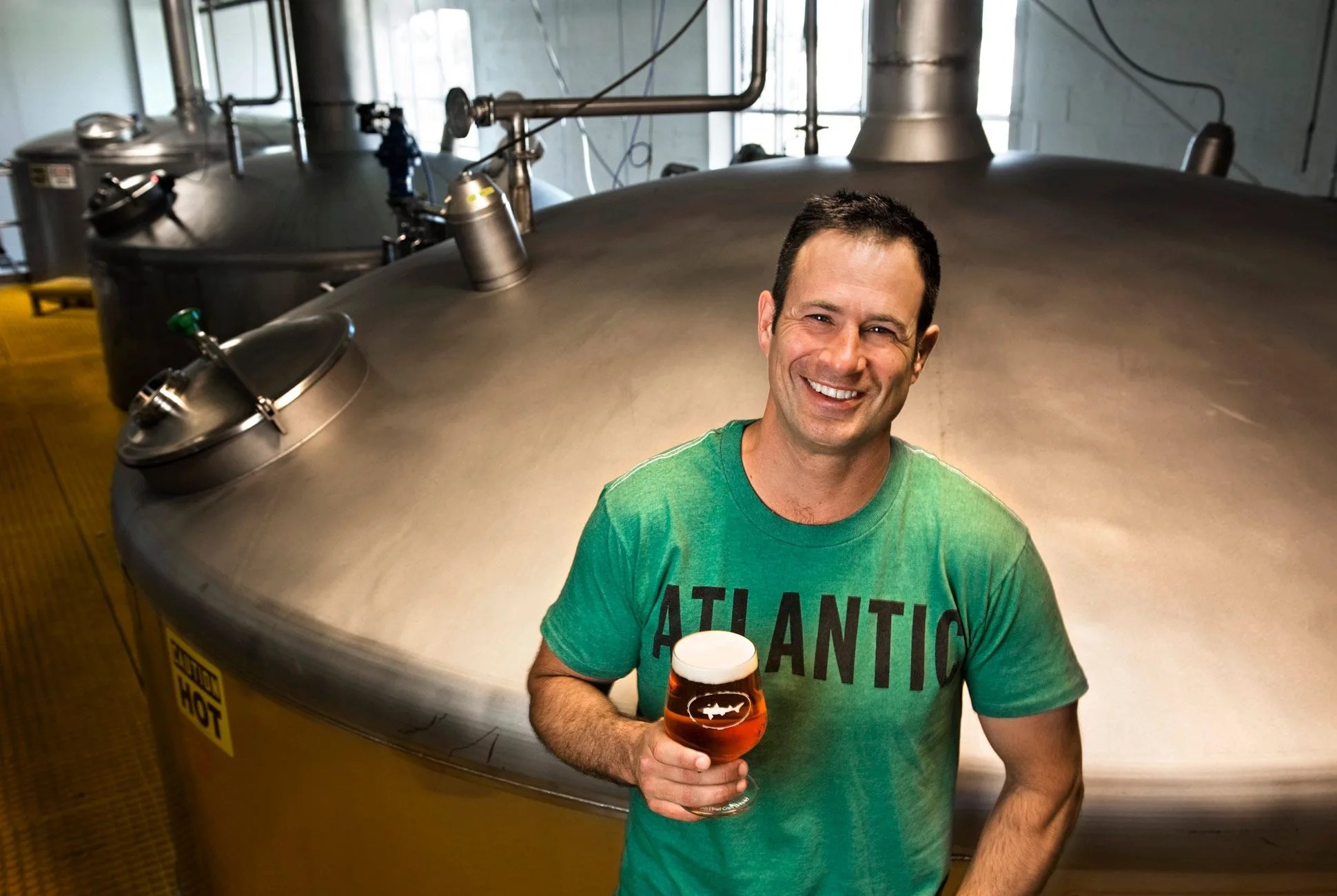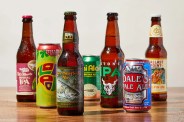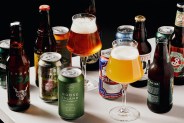When it first opened its doors in 1995, Dogfish Head was making a shade over 12 gallon batches of beer at a time. The brewery, situated in the sleepy beach town of Rehoboth in southern Delaware, was officially the smallest commercial beer-maker in America. This July, it’s celebrating its 25th year in business (now part of the larger Boston Beer Company) while making roughly 250,000 gallons of beer a week.
But for all Dogfish Head’s change in scale, there are constants, and perhaps none as singularly important as head brewer Sam Calagione.
Calagione is known for the energy with which he pursues what have become the brewery’s, and arguably American craft beer as a whole’s, hallmarks — a culinary-like approach to brewing beer, and aggressive, unrelenting experimentation.
A new book, The Dogfish Head Book: 25 Years of Off-Centered Adventures (publishing September 1), looks back at the brewery’s timeline through the lens of one beer from each year of brewing. We caught up with Calagione over the phone to chat about 25 years of Dogfish Head, how the merger with Samuel Adams has changed things, a little Ralph Waldo Emerson and where he sees Dogfish Head going as it pushes into another quarter-century of existence.
 Dogfish Head
Dogfish HeadGear Patrol: Congratulations on 25 years of DFH. That’s huge.
Sam Calagione: I guess it is, it makes me feel old. We’re still as innovative when we were the smallest brewery in the country, so that part makes me feel young.






